Tommies Militaria and Collectables
WW1 British Artillery Sighting telescope No4 1917 W. Watson & Sons
WW1 British Artillery Sighting telescope No4 1917 W. Watson & Sons
Couldn't load pickup availability

Product Condition
Product Condition
Shipping & Returns
Shipping & Returns
Shipping
All orders are subject to a delivery, packing & handling charge. The correct charges will be automatically calculated via our Shopping basket ordering system and are based on the total weight of your order, your location, and our normal method of despatch. Please be aware that we reserve the right to alter any miscalculation, plus or minus, and you will be notified prior to shipping of any changes.
When shipping items, we use the UK Royal Mail, EVRI, DPD and Parcel Force in the event of a parcel arriving with contents damaged ALL the packaging must be kept for inspection by the delivering shipping contractor whoever that contractor is, failure to adhere to this WILL result in ANY claim being denied.
We do ship internationally and will always use a Tracked and Signed for service. We strive to use the best and most economical shipping services available
All shipping, insurance and import charges will be borne by the customer.
All lots are shipped at the buyers risk no compensation will be offered for items lost or broken in transit. Alternatively you can pay for your own courier.
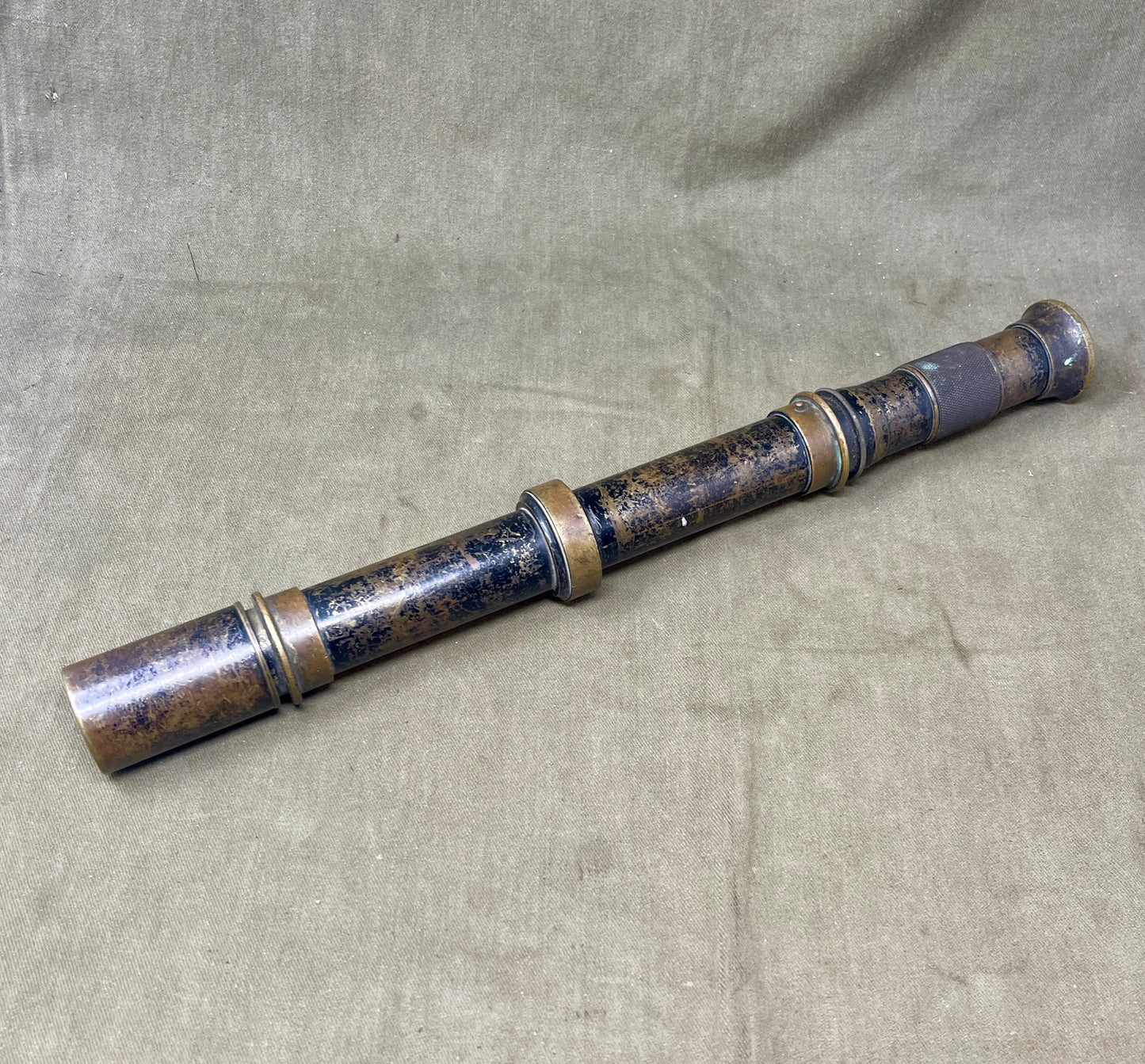
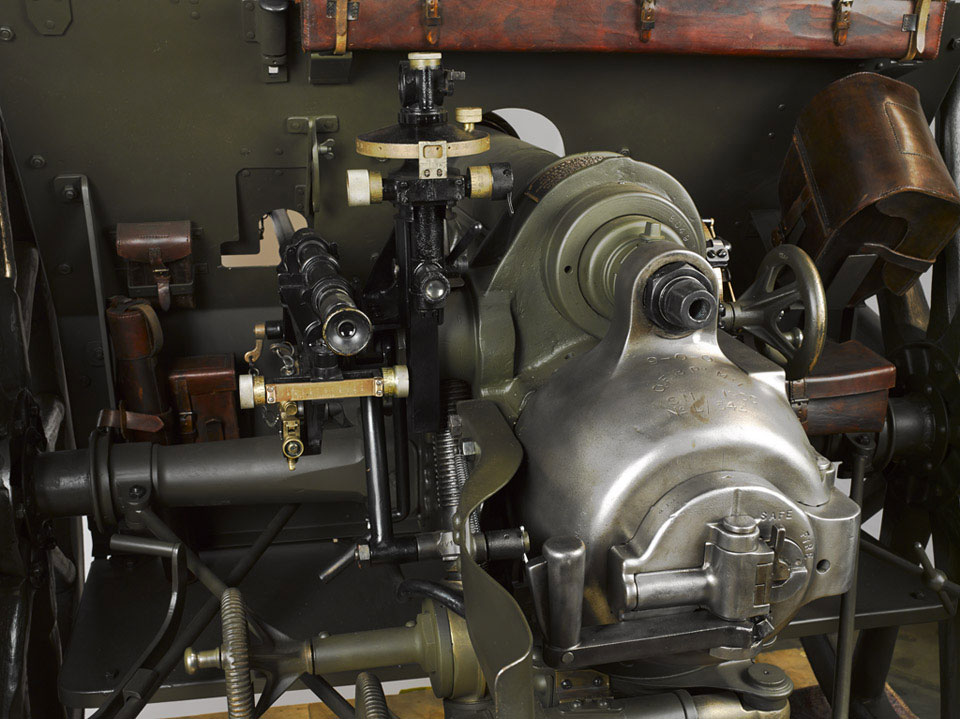
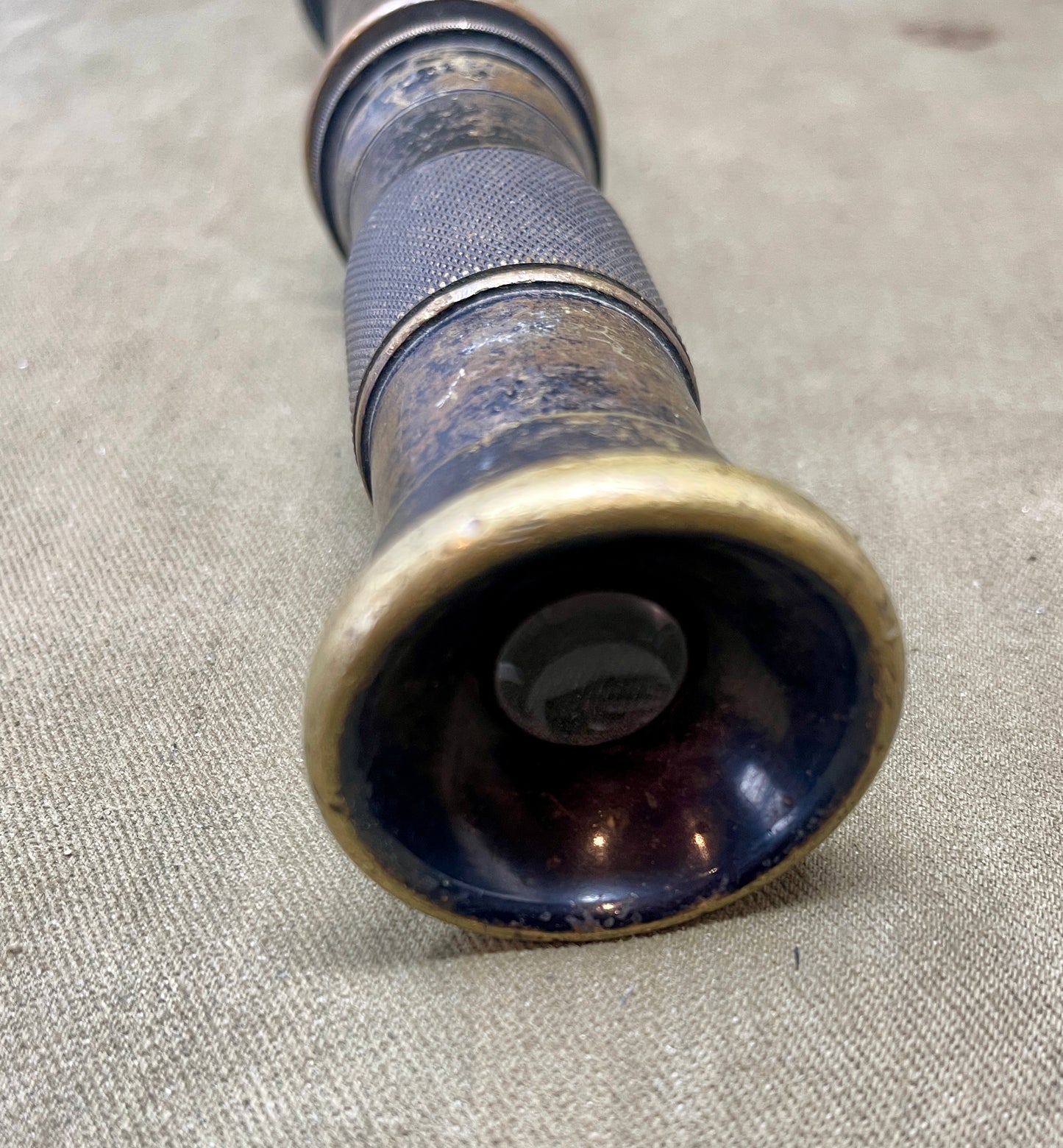
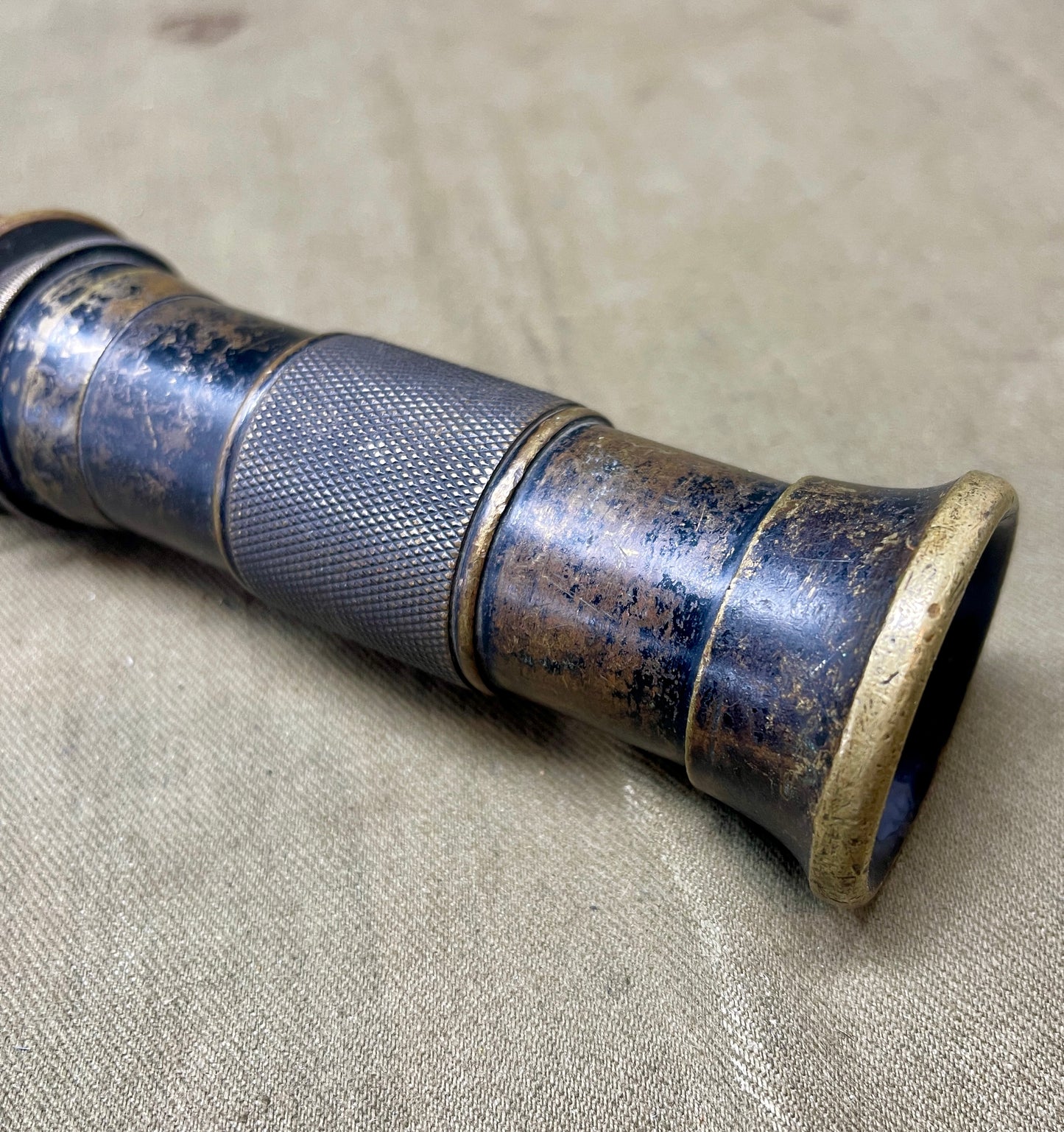
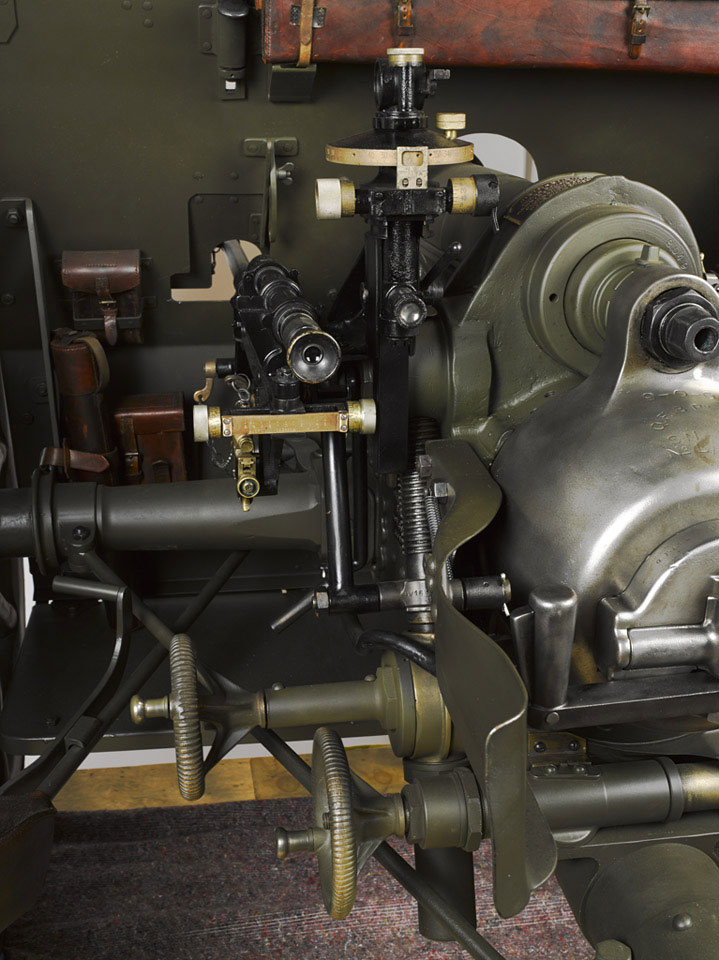
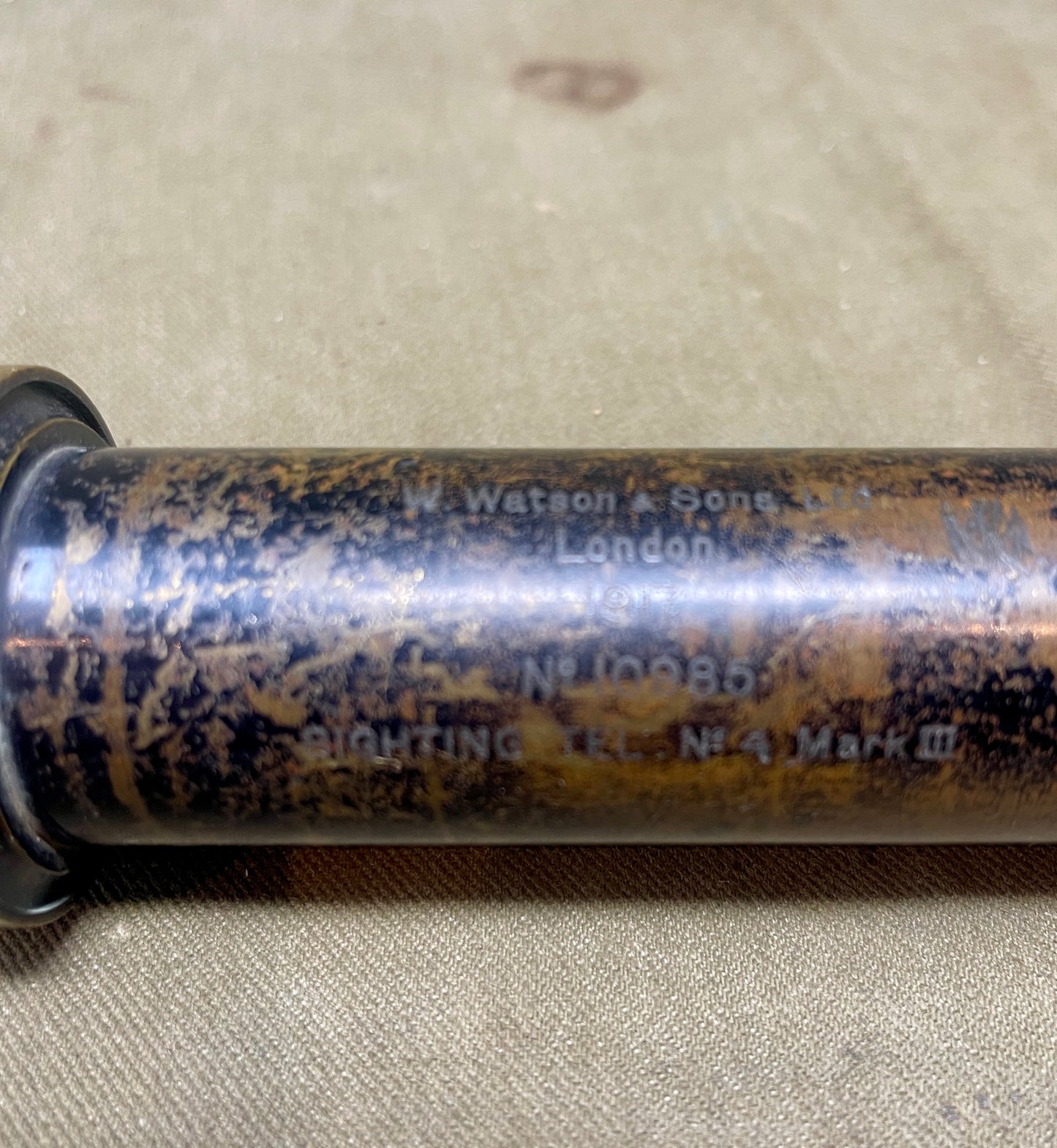
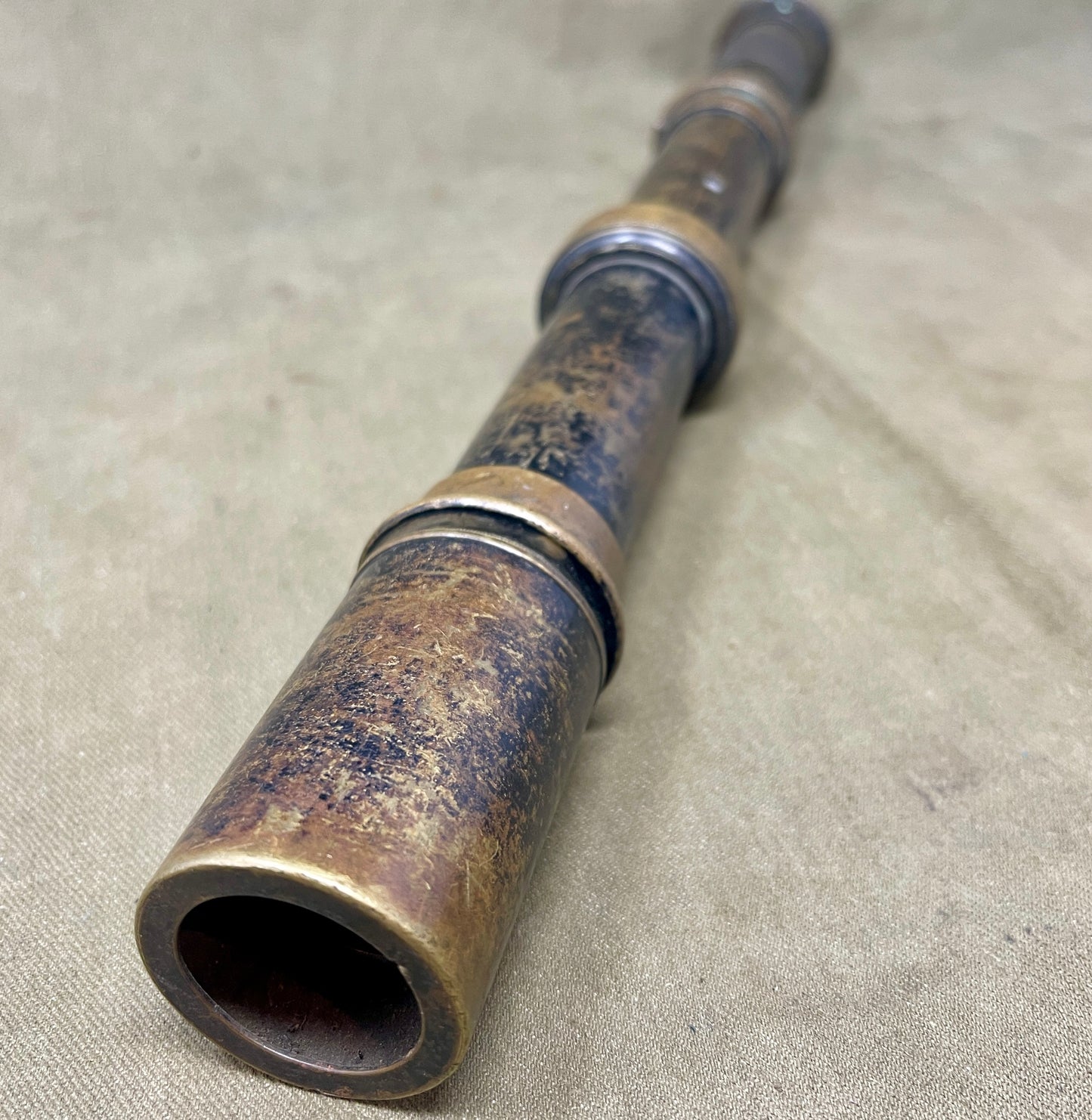
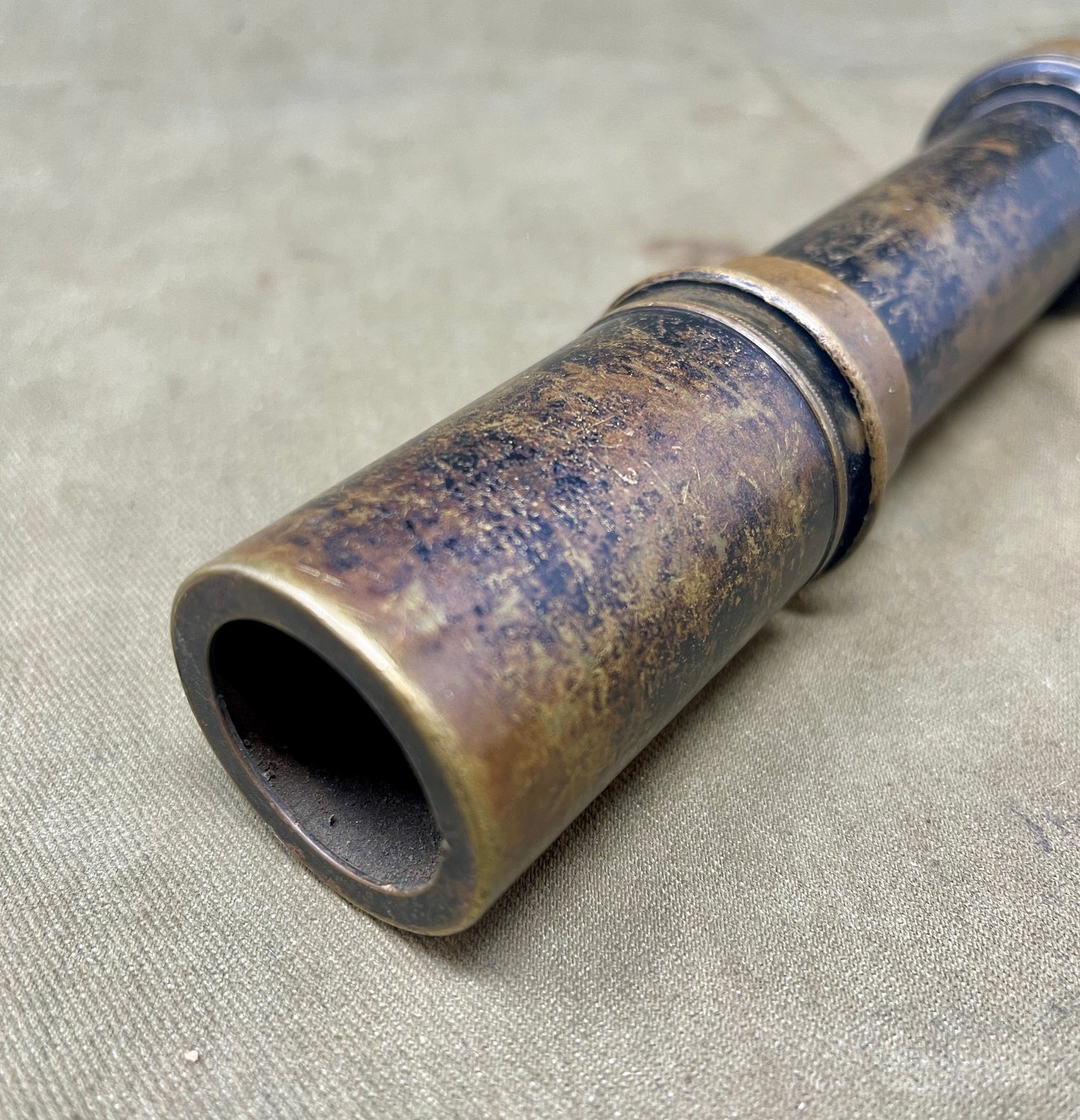
Product Description
The WW1 British Artillery Sighting Telescope No.4, manufactured by W.Watson & Sons in 1917, is a remarkable piece of military optical equipment from World War I. This telescope was a crucial tool used by artillery units to accurately range and target enemy positions. Designed with precision, the No.4 model features a robust metal construction, ensuring durability in the demanding conditions of wartime operations. The telescope's optics are housed in a cylindrical body, which was designed to provide clear and magnified views essential for targeting.
W.Watson & Sons, renowned for their high-quality instruments, crafted this telescope with meticulous attention to detail, reflecting the advanced engineering of the period. The device is marked with the manufacturer’s name and the year of production, which adds to its historical value. Collectors and historians prize this piece not only for its functionality but also for its representation of early 20th-century military technology. Its presence in a collection serves as a testament to the ingenuity and strategic importance of artillery in WW1, offering a tangible connection to the historical advancements in military optics and artillery.








